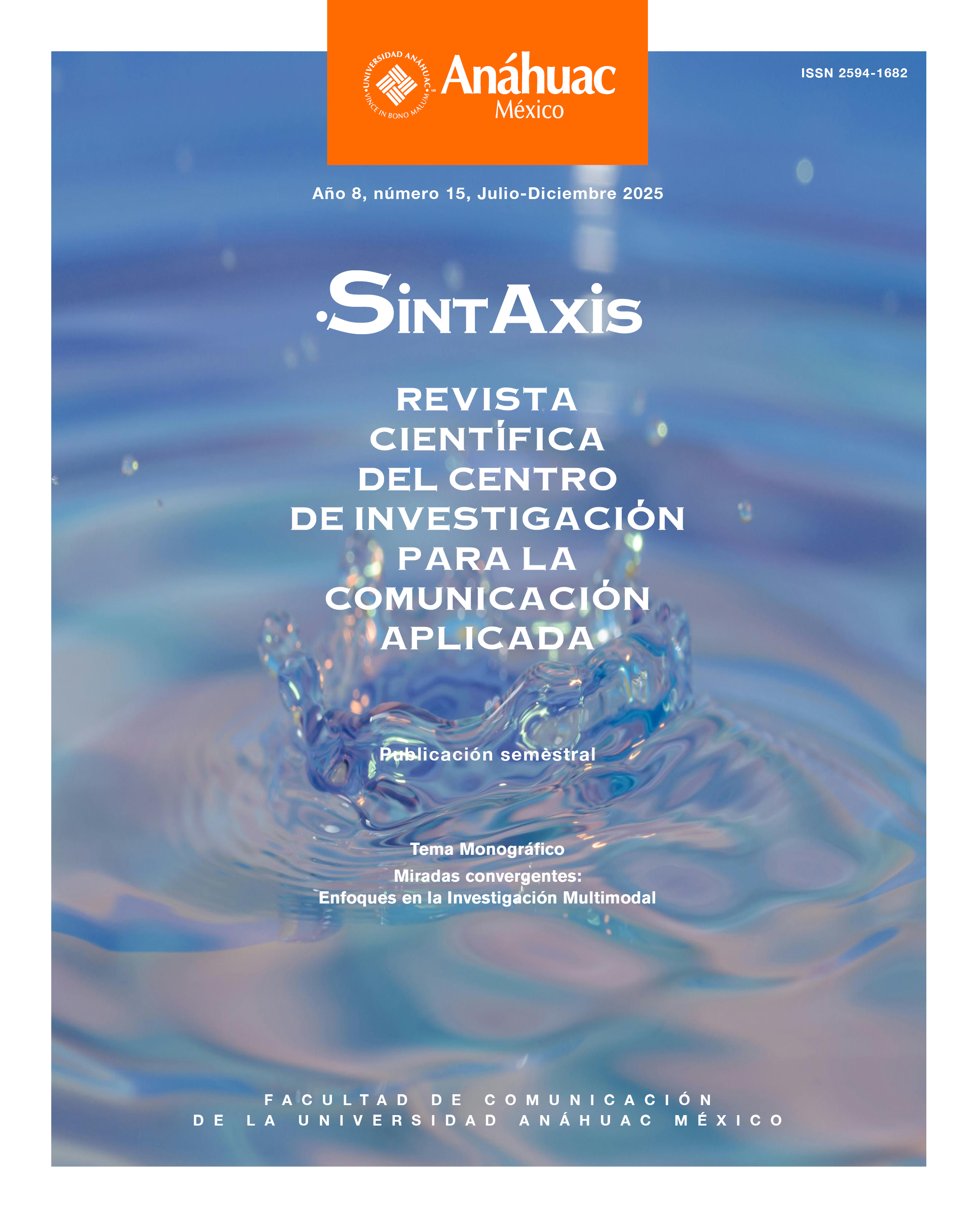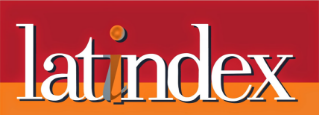Multimodal methodology in the analysis of attitudes, motivations, perceptions and behaviors surroundinguniversity scientific activity
DOI:
https://doi.org/10.36105/stx.2025n15.04Keywords:
multimodal methods, scientific culture, research, thesisAbstract
The purpose of this paper is to explain the main contributions of multimodal methodology to the development of qualitative or mixed research. It integrated a study of social representations and analysis of emotions, with the use of the technology to capture facial features and later process them in a FaceReader application, for the analysis of attitudes, perceptions and behaviors around university scientific activity. The integration of traditional qualitative methodologies and visual methodologies has allowed a deeper analysis by studying the textual contribution of the participants, as well as non-verbal communication; making it possible to contrast both readings and analysis.
Downloads
References
Bourdieu, P. (2011). Capital cultural, escuela y espacio social. Editores siglo xxi, Ciudad de México.
Brunot, S. (2024). “Metodologías creativas con enfoque participativo: (auto)grabaciones y dibujos de las migraciones circulares de las representaciones lingüísticas de los jóvenes garífunas hondureños”. Boletín De Antropología, 39(67), 130-152. Disponible en: DOI: https://doi.org/10.17533/udea.boan.v39n67a8
Ekman, P. (1972). “Universals and Cultural Differences in Facial Expressions of Emotion”. In J. Cole (Ed.), Nebraska Symposium on Motivation, 19, 207-282. Lincoln: University of Nebraska Press.
Ekman, P. y Friesen, W. (1978). “Facial Action Coding System: A Technique for the Measurement of Facial Movement”. Consulting Psychologists Press. DOI: https://doi.org/10.1037/t27734-000
Facts, Fallacies and Myths: VARK and Learning Preferences. [En línea].
http://vark-learn.com/wp-content/uploads/2014/08/Some-Facts-About-VARK.pdf
Gray, B. (1975). “El estilo, el problema y su solución”. Revista Española De Lingüística, 5(1). Disponible en: http://revista.sel.edu.es/index.php/revista/article/view/393
Mahamud, A. (2020). “Propuesta metodológica multimodal e interdisciplinar en investigación manualística”. Revista Brasileira de História da Educação, 20, e097. 10.4025/rbhe.v20.2020.e097 DOI: https://doi.org/10.4025/rbhe.v20.2020.e097
Malpica, S. (2023). Visual and multimodal, perception in immersive environments. https://zaguan.unizar.es/record/126717
Molina, S. (2024). Enseñanza de Estadística en Escuelas Medias y Secundarias de una Región Educativa de Puerto Rico: Un Estudio Descriptivo. Universidad de Puerto Rico, Río Piedras (Puerto Rico) https://www.proquest.com/central/docview/3061570537?accountid=41021
Mowrer, O. (1947). “On the dual nature of learning a re-interpretation of “conditioning” and “problem-solving.” Harvard Educational Review, 17, 102–148.
Rescorla, R., y Solomon, R. (1967). “Two-process learning theory: Relationships between Pavlovian conditioning and instrumental learning”. Psychological Review, 74(3), 151–182. DOI: https://doi.org/10.1037/h0024475
Piaget, J. (1977). The Development of Thought. Equilibration of Cognitive Structures. Basil Blackwell.
Schultz, A. (1962). El problema de la realidad social. Amorrortu editores, Buenos Aires, Argentina.
Schultz, A. Y Luckmann T. (1973). Las estructras del mundo de la vida. Amorrortu editores, Buenos Aires, Argentina.
Taylor, S. y Bogdan R. (2000). Introducción a los métodos cualitativos de investigación. Ediciones Paidos, Buenos Aires, Argentina.
Tomkins, S. S. (1962). Affect, imagery, consciousness: The positive affects. Springer.
Watson, J. B. (1930). Conductismo. University of Chicago Press.
Wenger, E., McDermott, R., y Snyder, W. (2002). Cultivating communities of practice. Harvard business school plublishing.

Downloads
Published
Issue
Section
License
Copyright (c) 2025 Nadia Nayeli Nájera Larumbe

This work is licensed under a Creative Commons Attribution-NonCommercial-NoDerivatives 4.0 International License.
The author keeps the property rights with no restriction whatsoever and guarantees the magazine the right to be the first publication of the work. The author is free to deposit the published version in any other medium, such as an institutional archive or on his own website.
















